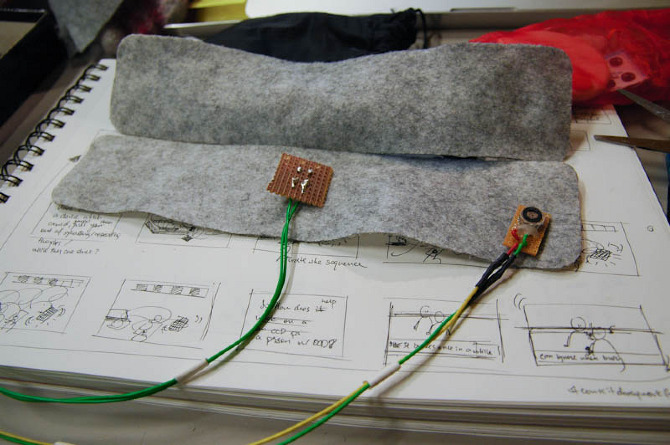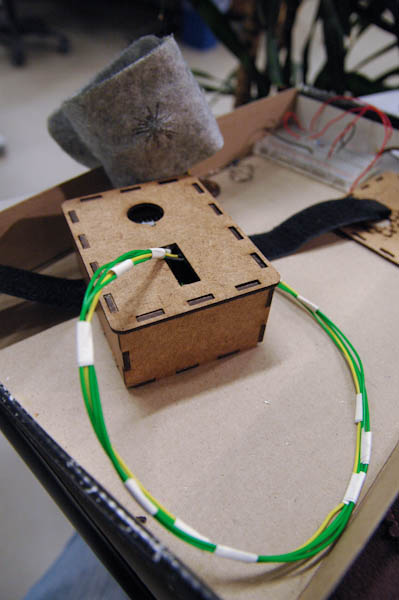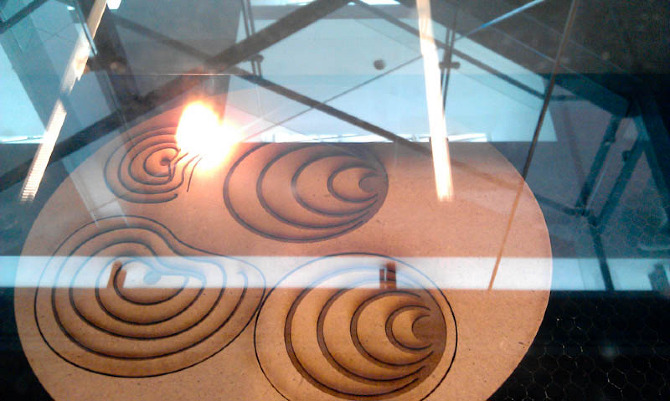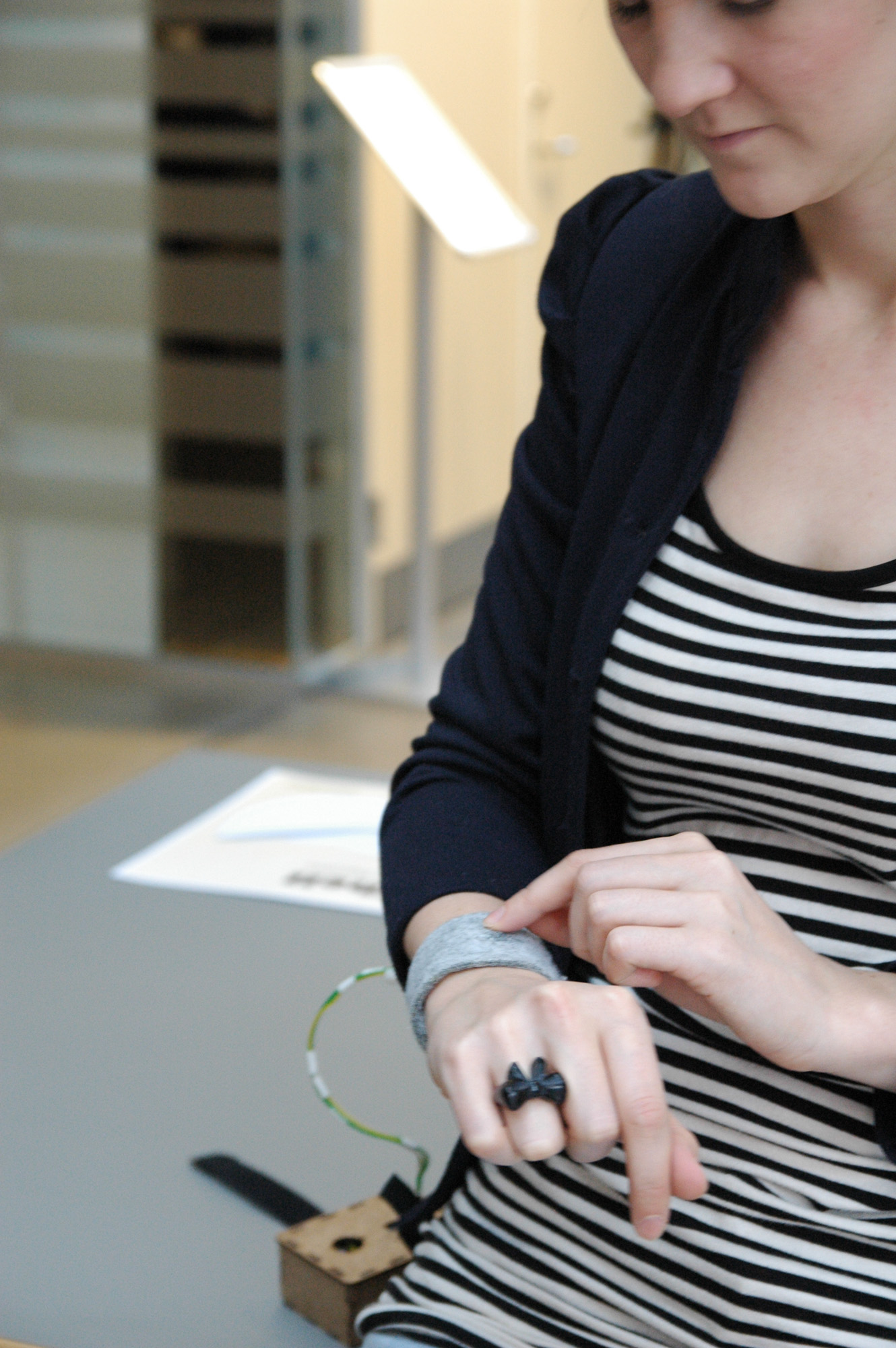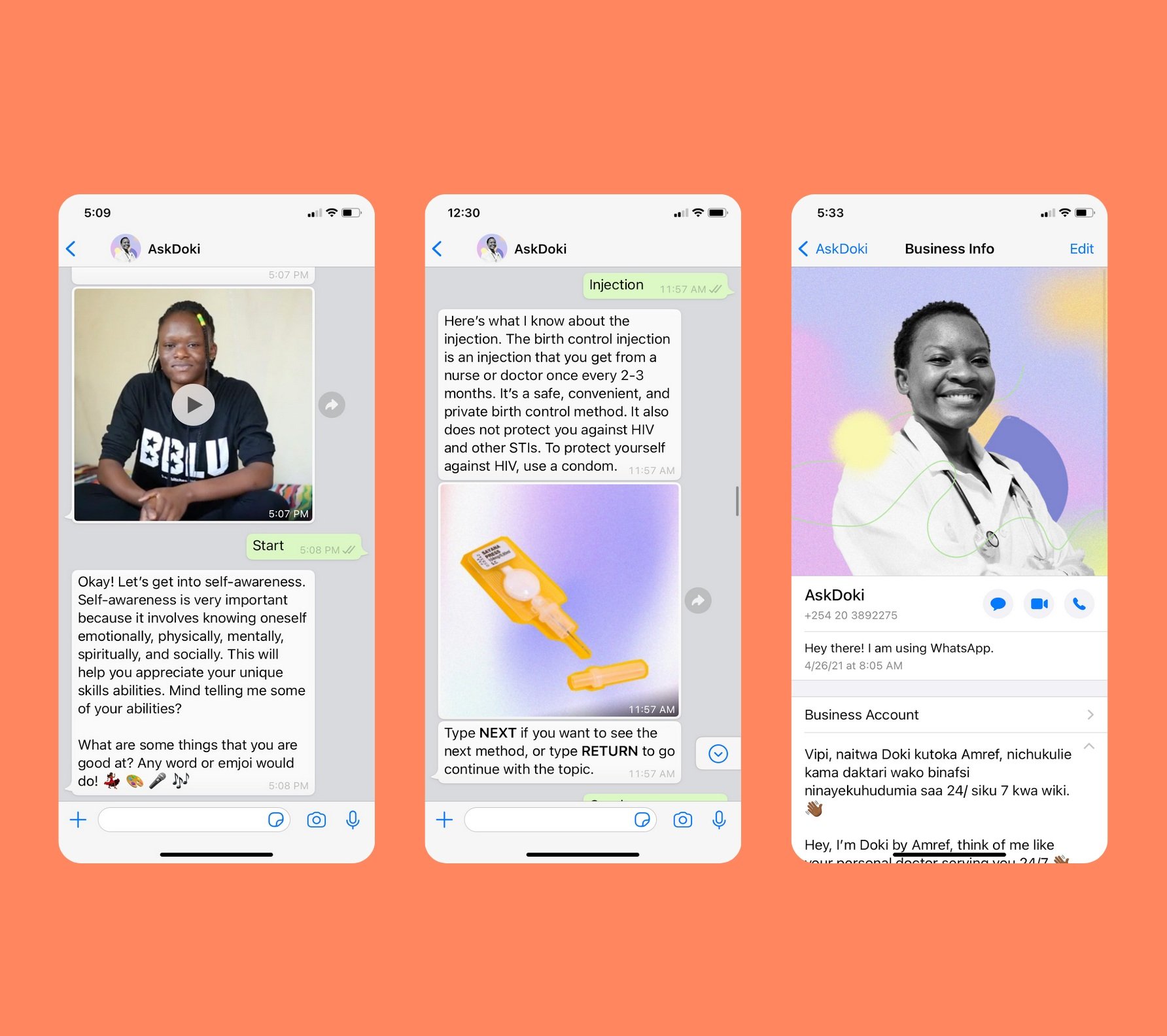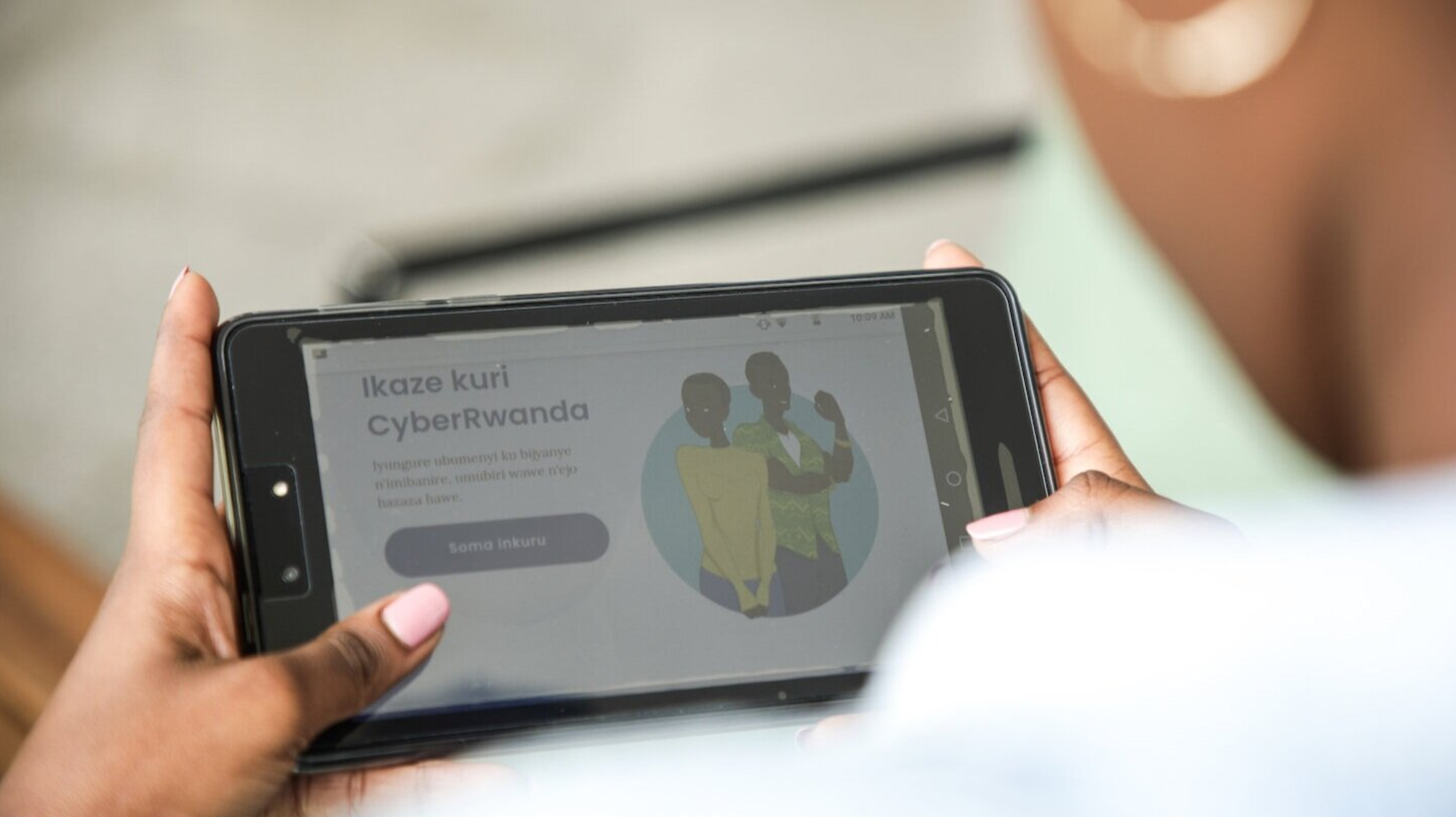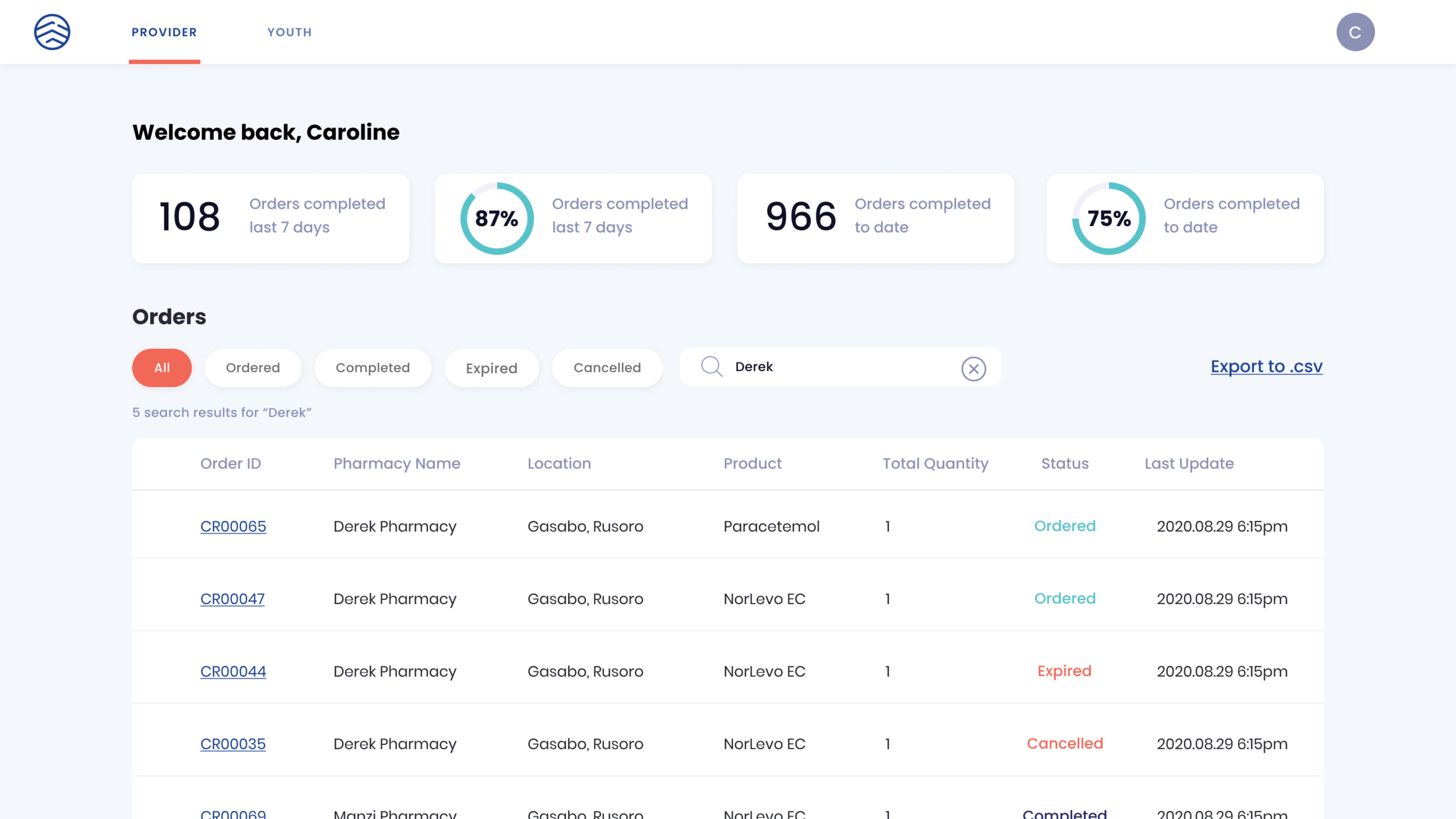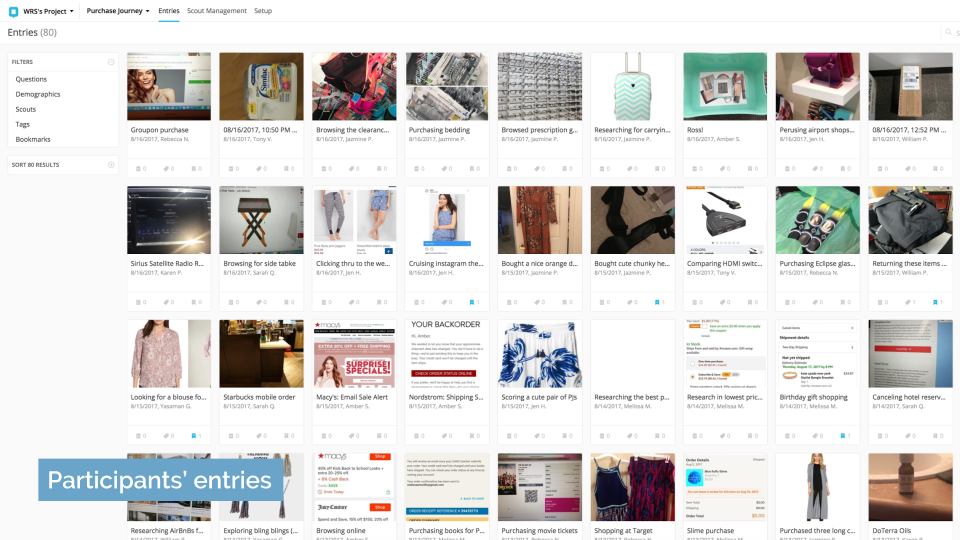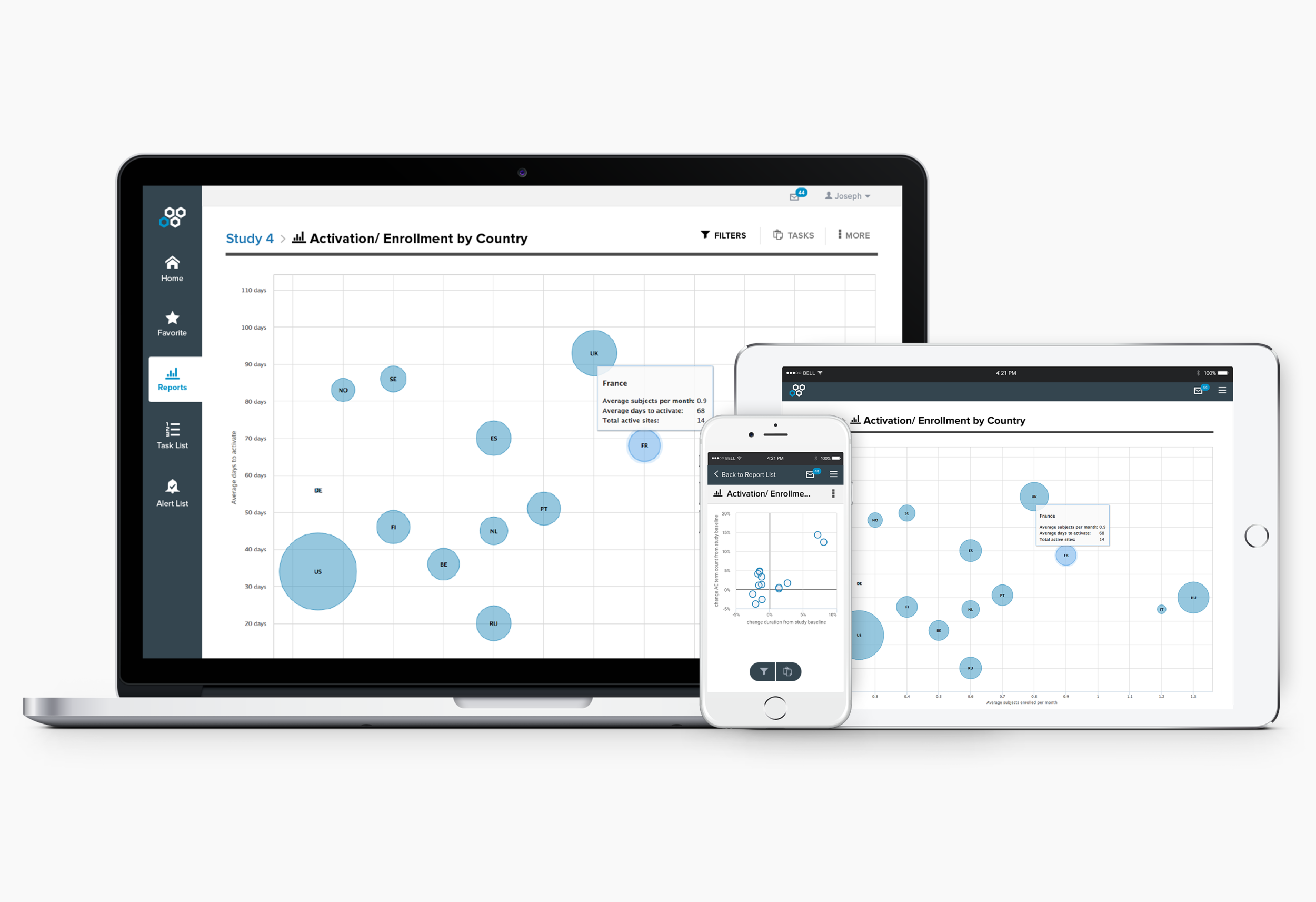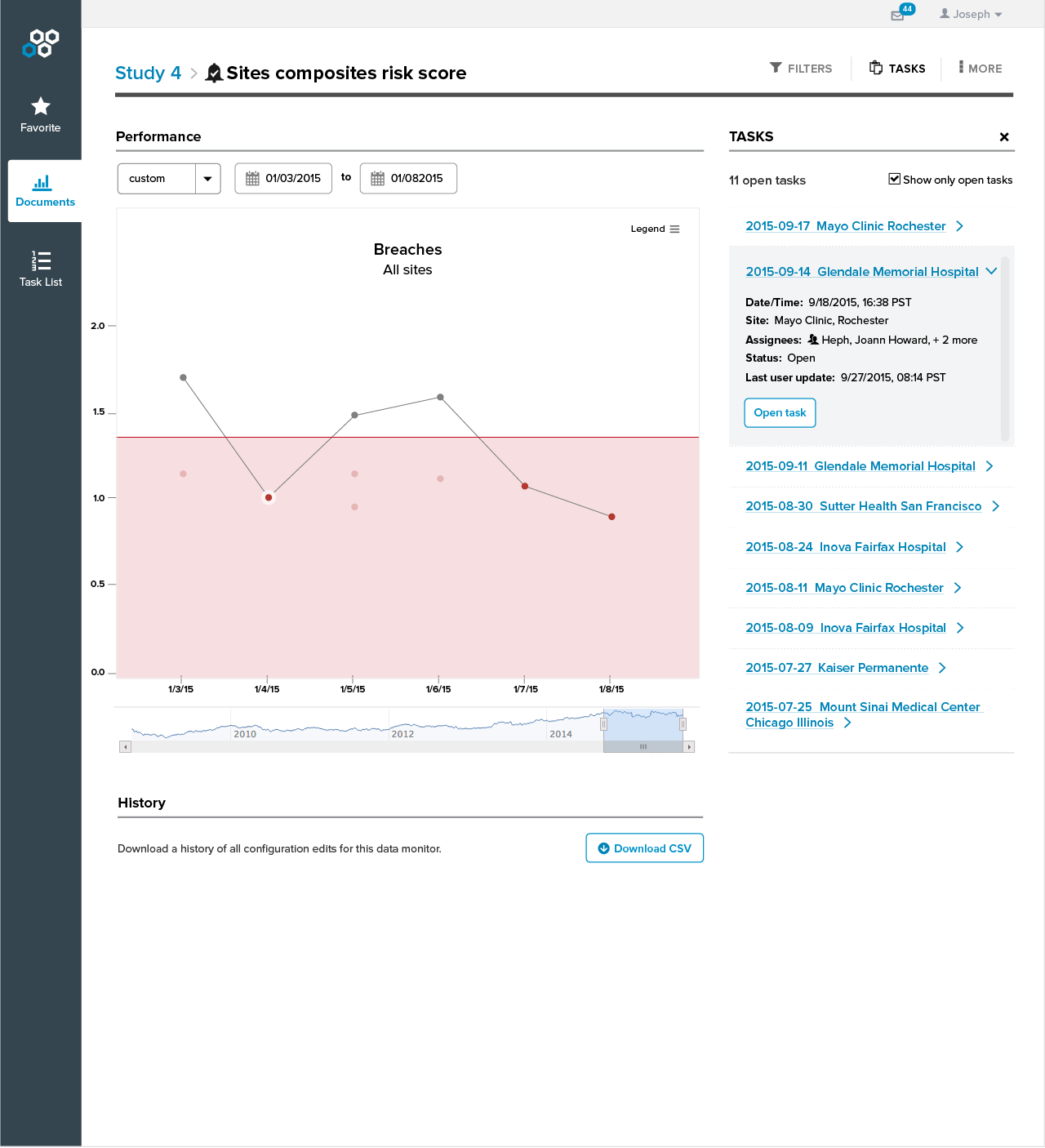OCD Experience Prototype
Background
This is an individual three-month design research project focusing on understanding the experience of people with OCD (obsessive-compulsive disorder). There were three main iterations in this project and the final prototype, Nudge, aims to ease an OCD sufferer's anxiety.
I chose to focus on OCD because it's a largely misunderstood and stigmatized mental disorder. According to a recent publication (Koran, 2007), OCD is the fourth most common neuropsychiatric illness in the US and affects around 2- 3% of the population. However, it is often under-recognized and inadequately treated, and one of the reasons is that OCD sufferers are reluctant to seek help or do not realize that their distressing symptoms are treatable.
Results
Based on the following main insights during the design process, I have developed Nudge, a wearable interactive device which has the aesthetic of an accessory.
Design principles
OCD is not a personality trait
Focusing on the present moment eases anxiety
Distraction is sometimes needed to "move on".
With an aim to bring the owner back to the present moment from any obsessive thoughts, it nudges an OCD patient with a short vibration once in a while at a frequency pre-determined by the owner. If the owner is busy or is not having any obsessive thoughts at that moment, she can choose to ignore the nudge, and nothing will happen. However, if the owner realizes that she is stuck in thoughts while she is being nudged, she can activate Nudge and engage in a drum machine-like interactive play to help her “move on". The beats/ vibrations are turned on or off by pressing on Nudge.
The owner can discreetly interact with Nudge and change the rhythmic vibration pattern by pressing on it. Through this slight distraction, it is hoped that the owner can move on from a repetitive obsession or compulsion.
Nudge — OCD experience prototype
Approach
Discovery phase
To understand people who live with OCD, I started my research with academic literature, popular articles on the disorder, documentary movies and YouTube videos. I conducted interviews with the questions based on Gray’s Empathy Map which prompts the user to think about what the targets “say, do, think, and feel”.
The interviews were really helpful for me to get a glimpse of a foreign world. Some of the major themes I discovered from this phase include OCD sufferer's conflict between urge and action, frustration and anger resulting from the inability to control, embarrassment and secrecy, and the disorder’s effects on daily lives.
Creating the first experience prototype
Inspired by the insights from the desk research and interviews, I attempted to translate the essence of the experience of an OCD sufferer into an experience prototype. Obsessive thoughts accompanied by compulsive behavior are a main characteristic of OCD, which the latter part seems to be often misunderstood. Consequently, the first iteration of the experience prototype mimics the recurring obsessive thought by a repetitive sensory input that can only be temporarily stopped with action, but not terminated. Technically, a pair of headphones is connected with an Arduino microcontroller which in turns produces an ‘unpleasant’ sound. Participants could temporarily turn it off for several seconds by turning a knob. Unless a participant chose to temporarily turn it off, the sound played continuously from the headphone. Four participants were invited to try the first prototype with minimal instructions, followed by a short interview.
Reflection on the first iteration
The first insight from this iteration was that the cognitive factor of this prototype does not adequately represent the perceived experience of an OCD sufferer. It is also realized that when participants acted to silence the sound, their motivation was annoyance. However, when people with OCD acted compulsively according to their obsessive thoughts, the motivation was often the fear of a particular consequence, such as the fear of contamination, fear of harming others or the fear of failure.
To collect feedback the recorded video of the participants trying out the experience prototype was sent back to the two people with OCD. One of them mentioned a passage in an email which led to my realization that people with OCD experience a separation of their cognition and their emotion. Although she cognitively knows from her sensory input that the box looks closed and no sound is heard, she doubts herself and is emotionally afraid of the subsequent effect if the sound is not turned off. Based on the two new findings, I created a second experienced prototype to elicit the the fear of the consequences and the conflict between cognition and emotion.
Final experience prototype
While the first and second prototypes aim to simulate some aspects of the experience of people with OCD, the final prototype, Nudge, explores a possible solution for OCD patients to cope with the disorder. The preceding prototypes have helped me as a design researcher to get a glimpse of the experience of having OCD, and at the same time, provided a medium for me to deepen the conversation with the two OCD sufferers I had interviewed.
Testimonial
"I love it! I think it's a great idea... I like the idea that it helps to distract the person from what is bothering them so that they can move on." — an OCD patient & research participant

